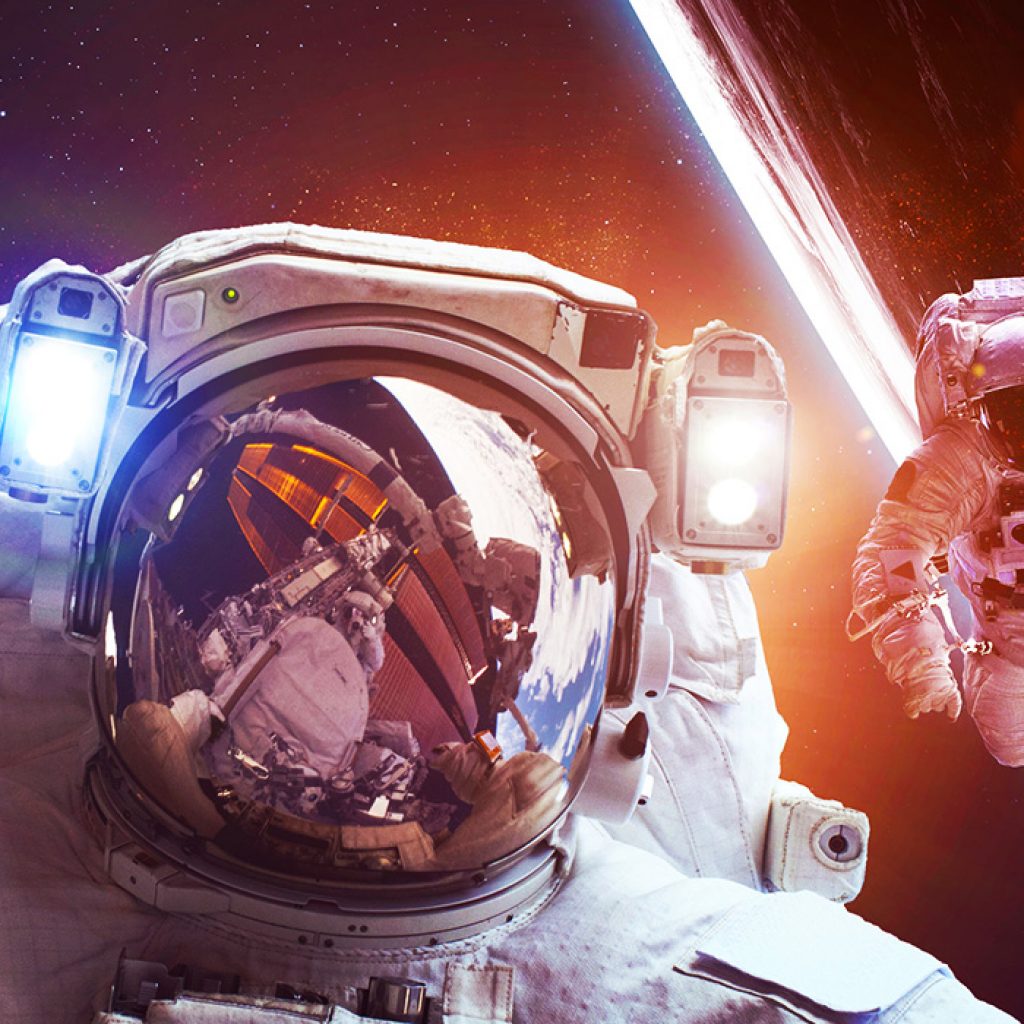[vc_row css=”.vc_custom_1556942110075{margin-top: 30px !important;}”][vc_column width=”5/12″][vc_column_text]Like us on Facebook to pimp your social feed[/vc_column_text][/vc_column][vc_column width=”7/12″][vc_raw_html]JTNDaWZyYW1lJTIwc3JjJTNEJTIyaHR0cHMlM0ElMkYlMkZ3d3cuZmFjZWJvb2suY29tJTJGcGx1Z2lucyUyRmxpa2UucGhwJTNGaHJlZiUzRGh0dHBzJTI1M0ElMjUyRiUyNTJGd3d3LmZhY2Vib29rLmNvbSUyNTJGc2N1YmFoaXZlJTI1MkYlMjZ3aWR0aCUzRDQ1MCUyNmxheW91dCUzRHN0YW5kYXJkJTI2YWN0aW9uJTNEbGlrZSUyNnNpemUlM0RsYXJnZSUyNnNob3dfZmFjZXMlM0RmYWxzZSUyNnNoYXJlJTNEZmFsc2UlMjZoZWlnaHQlM0QzNSUyNmFwcElkJTNEMjE1MjMzMjg5MTUxNjg4NyUyMiUyMHdpZHRoJTNEJTIyNDUwJTIyJTIwaGVpZ2h0JTNEJTIyMzUlMjIlMjBzdHlsZSUzRCUyMmJvcmRlciUzQW5vbmUlM0JvdmVyZmxvdyUzQWhpZGRlbiUyMiUyMHNjcm9sbGluZyUzRCUyMm5vJTIyJTIwZnJhbWVib3JkZXIlM0QlMjIwJTIyJTIwYWxsb3dUcmFuc3BhcmVuY3klM0QlMjJ0cnVlJTIyJTIwYWxsb3clM0QlMjJlbmNyeXB0ZWQtbWVkaWElMjIlM0UlM0MlMkZpZnJhbWUlM0U=[/vc_raw_html][/vc_column][/vc_row][vc_row][vc_column][vc_column_text]
One goes up, the other goes down. But wait, there’s more than you’d think!
[/vc_column_text][/vc_column][/vc_row][vc_row][vc_column][vc_empty_space][/vc_column][/vc_row][vc_row][vc_column][vc_column_text]When astronauts prepare for missions in space, they need to train for it. But how do they train for it on earth whilst mimicking space’s unique zero-gravity environment and what are the similarities?
Like most scuba divers, astronauts train in a confined pool
The biggest difference is the size of their pool, that’s where NASA’s Neutral Buoyancy Lab (NBL) comes in – measuring 61.5m (202ft) long, 31m (102ft) wide, and 12.1m (40ft) deep. It can even fit a large-scale mock-up of the International Space Station! Ah… If only we can dive there![/vc_column_text][vc_single_image image=”6860″ img_size=”900×450″ add_caption=”yes” alignment=”center”][vc_column_text]According to NASA, working in the NBL is similar to working in space but with 2 significant differences being: 1. Even though buoyant, the trainees still feel the weight of the suit in the NBL, and 2. The trainees also feel water drag/friction, in which is not encountered in space. Despite these 2 barriers, NASA has considered working below the surface in neutrally buoyant conditions an ideal way to train for zero gravity environment of space.
Scuba divers and astronauts both require to gear up (Sorry, stating the obvious)
In both cases, scuba divers and astronauts must bring along their supply of life sustaining air along with a suit for protection. Underwater, scuba divers have to contend with the cold and pressure, which increases the deeper one goes.
In space, astronauts are exposed to extreme variations in temperature down to -160°C (-250°F) in the shadows and up to about +120°C (+250°F) on the sunny side. In addition to that, their space suits have to protect them against micrometeorites, radiation, and effects of working in a vacuum.
Astronauts are also exposed to risks of decompression sickness (DCS)
DCS is caused by a reduction in ambient (surrounding) pressure that results in the formation of bubbles of inert gasses within tissues of the bodies and can happen when leaving a high-pressure environment, ascending from depth, or ascending into altitude.
Scuba divers have to contend with pressure changes as they dive deeper. Which is why when we plan a dive, our planning concerns goes into coming back to the surface without getting DCS, which is why we return to the surface carefully.
For astronauts in space, it’s the exact opposite. Their chances of getting DCS are when they step out of the station into space – going from normal cabin pressure into a low atmospheric pressure environment. To help astronauts acclimate, they would need to “pre-breathe” pure oxygen to rid their bodies of nitrogen (without risking oxygen toxicity).
Since I’m already a diver does that mean I am on my way to be an astronaut?
Well… as long as you meet the prerequisites (here’s a general guide from NASA’s website), get through the selection and training process. It ain’t easy though… massive respect to the space explorers. But certainly, no harm reaching for the stars. I don’t know about you, but I’m sticking to scuba diving 😉
Whether it’s diving into the depths of the ocean or orbiting high above the earth, mankind definitely has made giant strides and pushed the envelope of exploration. But let’s all agree that whatever adventures we’re into; let’s preserve Mother Nature for the many generations to come.
[/vc_column_text][/vc_column][/vc_row][vc_row][vc_column][/vc_column][/vc_row]




I have not checked in here for a while as I thought it was getting boring, but the last several posts are good quality so I guess I will add you back to my daily bloglist. You deserve it my friend 🙂
http://www.corburterilio.com/